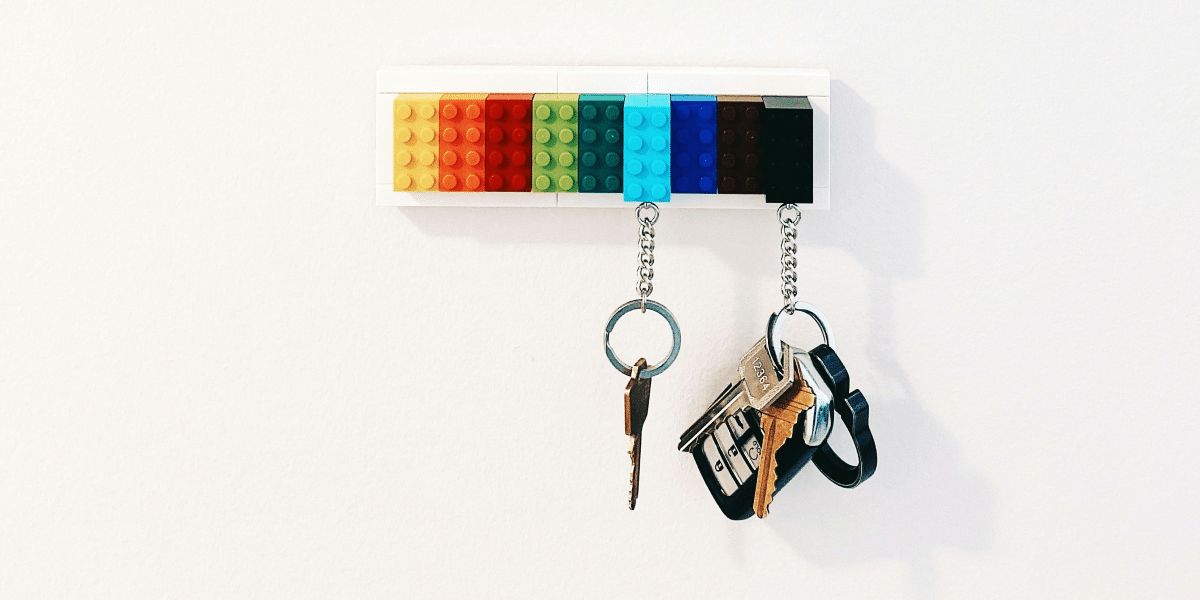In an era of heightened environmental awareness, even seemingly inconsequential items like acrylic keychains are subject to scrutiny. These popular accessories, known for their clarity and customization potential, carry implications for sustainability that merit examination. This article explores the environmental impact of acrylic keychain and highlights the sustainable practices and innovations that are shaping their future.
Acrylic Keychains and Environmental Concerns
Acrylic, a versatile and durable plastic, is widely used in the production of keychains due to its transparency and ease of manipulation. However, the material’s environmental footprint raises significant concerns. Acrylic is derived from petroleum, a non-renewable resource, and its production process involves considerable energy consumption and emissions.
Moreover, the disposal of acrylic products poses a challenge. Unlike biodegradable materials, acrylic can persist in landfills for centuries, contributing to long-term waste issues. The challenge is exacerbated by the fact that acrylic is not readily recyclable in many regions, leading to potential environmental harm if not managed properly.
Sustainable Practices in Acrylic Keychain Production
Despite these challenges, the industry is making strides toward more sustainable practices. Innovations in production and material selection are helping to mitigate the environmental impact of acrylic keychains.
Recycled Acrylic Materials
One of the most promising developments is the use of recycled acrylic. Recycled acrylic is sourced from post-consumer or post-industrial waste, reducing the need for virgin plastic and minimizing landfill contributions. By reprocessing existing acrylic, manufacturers can lower the carbon footprint associated with new production and help close the loop on plastic waste.
Eco-Friendly Manufacturing Processes
Advancements in manufacturing techniques are also contributing to sustainability. Modern production methods aim to reduce energy consumption and emissions. For instance, newer laser cutting technologies are more energy-efficient and produce less waste compared to older methods. Additionally, some manufacturers are implementing closed-loop systems that capture and reuse waste materials generated during production.
Biodegradable Alternatives
In response to the demand for more sustainable options, researchers are exploring biodegradable alternatives to traditional acrylic. Bioplastics, derived from renewable resources such as cornstarch or algae, offer a potential substitute with a significantly lower environmental impact. Although these materials are still in the early stages of development, they represent a promising direction for reducing the ecological footprint of keychains.
Eco-Conscious Design
Designers are also adopting eco-conscious approaches to their creations. Minimalist designs that use less material, modular components that can be easily repaired or replaced, and designs that promote durability are all part of a growing trend toward sustainability. By prioritizing these principles, designers can create keychains that are both functional and environmentally responsible.
Innovations Driving Change
The movement towards sustainability is not limited to materials and processes. Technological innovations and new business practices are also playing a role in reducing the environmental impact of acrylic keychains.
Advanced Recycling Technologies
Emerging recycling technologies are enhancing the ability to process acrylic materials more effectively. Innovations such as chemical recycling, which breaks down plastics into their original monomers for reuse, could revolutionize the way acrylic waste is managed. These technologies offer the potential to create a more circular economy where acrylic products are continuously recycled and reused.
Digital Design and Manufacturing
Digital design and manufacturing techniques, such as 3D printing, are transforming the production landscape. These technologies allow for precise customization with minimal waste. By producing items on demand, manufacturers can reduce excess inventory and associated waste. Furthermore, digital designs can be optimized for material efficiency, further decreasing the environmental impact.
Transparency and Consumer Awareness
Increasing transparency in the supply chain and educating consumers about the environmental impact of their choices are also crucial. Brands that openly communicate their sustainability efforts and the environmental benefits of their products foster a more informed consumer base. This awareness can drive demand for more sustainable options and encourage other companies to follow suit.
Conclusion
The environmental impact of acrylic keychain is a multifaceted issue that encompasses production, disposal, and material choice. While traditional acrylic poses significant environmental challenges, the industry is making meaningful strides toward sustainability.
Through the adoption of recycled materials, eco-friendly manufacturing practices, and innovative technologies, there is a growing commitment to reducing the ecological footprint of these popular accessories. As consumers and manufacturers continue to prioritize sustainability, the future of acrylic keychains holds promise for a more environmentally responsible approach.
Published by: Khy Talara

















